
eXtensions - Sunday 3 November 2024
By Graham K. Rogers

Apple had a busy week. Monday (Tuesday here) the operating systems were updated, which meant some users might gain access to Apple Intelligence. That was followed by 3 days in which new M4 Macs were released each day, with some more powerful devices as the week went on. Thursday saw the financial report, and as icing on the cake, it was reported Friday that Apple had bought Pixelmator and its apps (and its technology).
First on my list of Tuesday morning jobs was the updating of my devices to the latest versions of Apple's operating systems (iOS 18.1, iPadOS 18.1, macOS 15.1 watchOS 11.1), I will do AppleTV when the week slows down. The main interest with these updates was the arrival of Apple Intelligence. I was not hopeful, living in SE Asia, that I would be able to activate the new features. I was pleasantly surprised, however. It was also interesting to see that Apple has now decided to allow those in the EU to access Apple Intelligence from April 2025, despite earlier worries about legislation there (Juli Clover, MacRumors).
I had already changed the language preference on my devices from UK English to US English, but worried in case the region settings, or my locale, would prevent access. I pressed Join the Apple Intelligence Waitlist and waited. I did check Photos on the iPhone and was pleased to see that Clean Up was available. I was successful with some photos, while the results with others were less than impressive. Reports from earlier beta testing suggested this would be the case. This does, however, provide a long-overdue repair tool on Apple's handheld devices. As for the writing tools, I was less than impressed with the proofreading and rewriting options, particularly with output as it relates to academic writing. However, I did find later that AI was tidying up my markup comments, which will no doubt please my students.
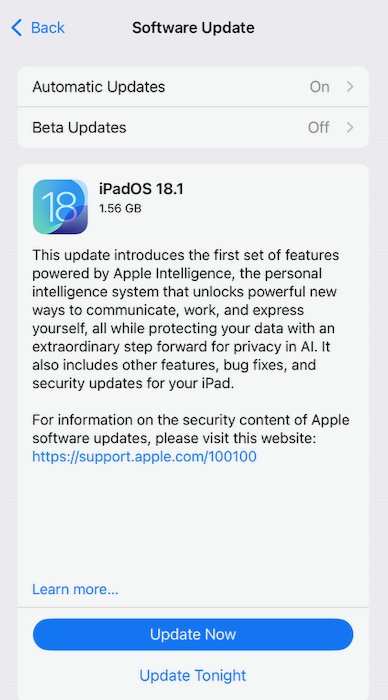
|
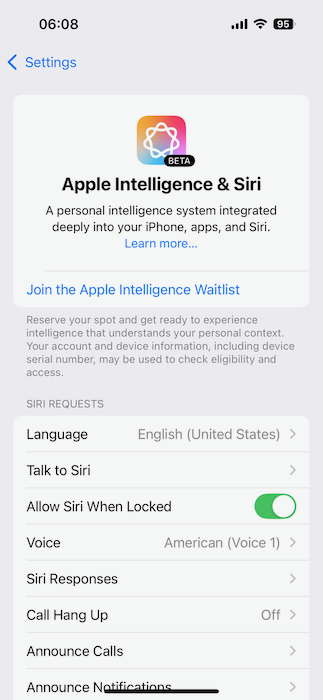
|
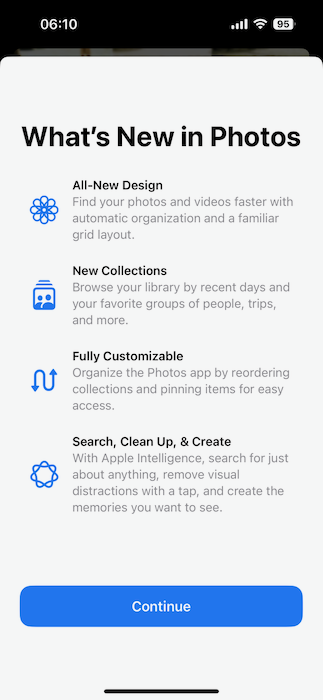
|
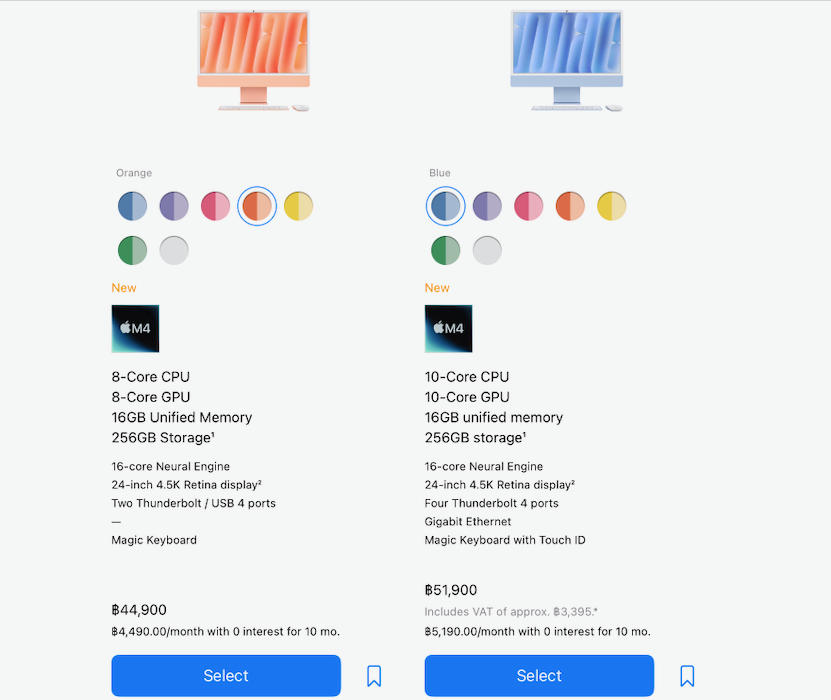
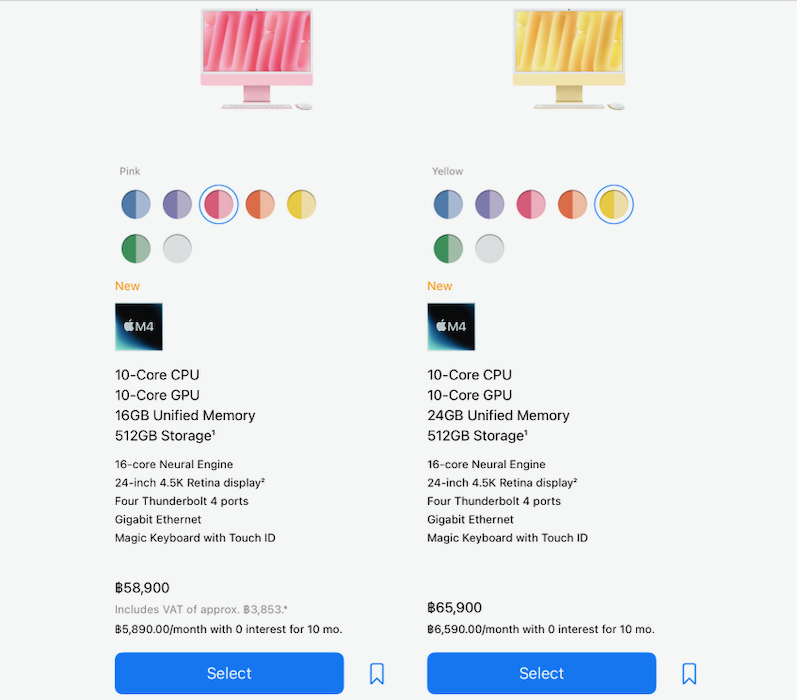
Pretty they may be, but this was more about technical prowess. I jumped at the chance of owning the M4 iPad Pro in April (I had already budgeted for the M3 I thought was coming) and have been suitably impressed. Apart from the basic model with 8-core CPU and 8-core GPU, all of the other iMacs come with a 10-core CPU and 10-core GPU. That base model also has only 2 Thunderbolt / USB 4 ports, while the other models have four Thunderbolt 4 ports. They all have the 16-core Neural Engine.
One update to all the new Macs is that the basic memory installation has risen from 8GB to 16GB (that was some $200 if you upgraded). That applies to all of the Macs that were announced this week (Mac mini, MacBook Pro) and has also been applied to the current MacBook Air models with no price increase.
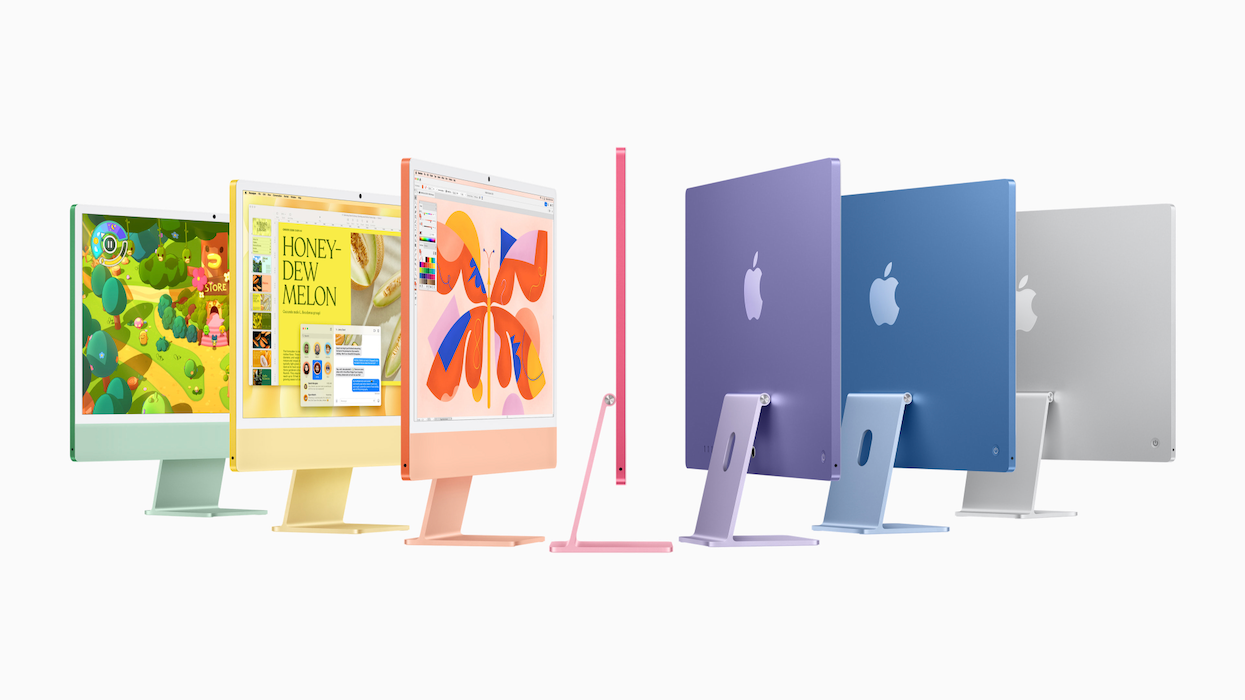
As I found with the iPad Pro, the M4 chip delivers "a major speed boost" to the iMac range (Rajesh Pandey, 9to5Mac), adding that it "brings a notable leap in performance over previous iMacs". He also notes that although these iMacs start with 16GB, "It is also possible to configure the machine with up to 32GB of memory." Juli Clover (MacRumors) links to Apple's 10-minute video of the release, which is also on YouTube.

Also early on Tuesday another item by Joe Rossignol (MacRumors) reported that Apple had updated the Magic Mouse, Magic Keyboard and Magic Trackpad so that now all connect using USB-C rather than Lightning cables. This is a major step and was well overdue. Several members of the tech press bemoaned the point that the charging port for the Magic Mouse was still on the base, so to connect it, the device would look like a stranded turtle. This also came up later when it was found that the Mac mini power button was no longer on the back but was now underneath (see comments below). My only grouse here is the use of "Magic" in the name which seems a little pretentious these days.
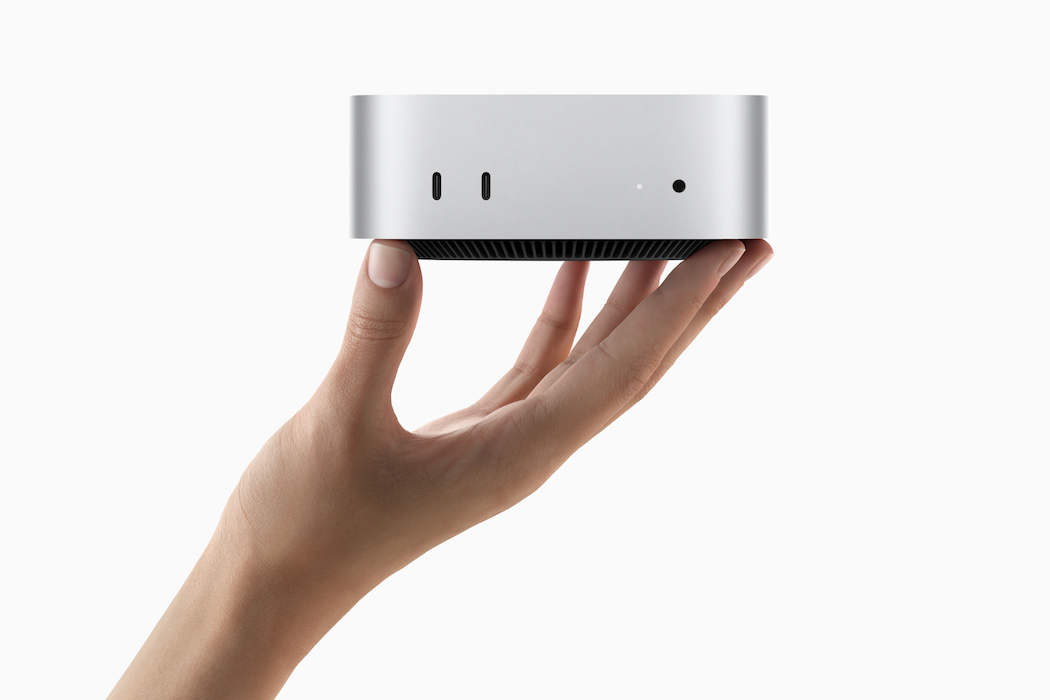
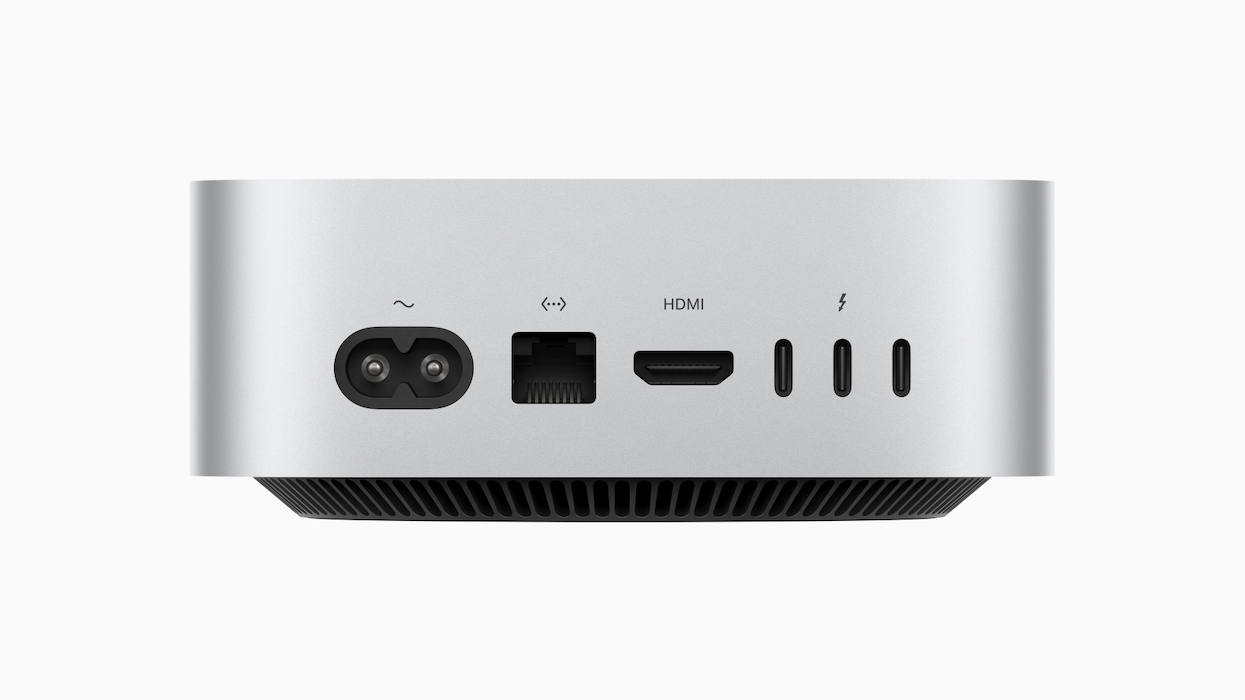
Each unit now has two USB-C ports on the front, with the power light and a headphone jack. The rear of the unit has the power cable port, an Ethernet port, HDMI and three Thunderbolt ports. The M4 Pro has 3 Thunderbolt 5 ports and Apple has announced a new 1m T5 cable at 2490 baht, the same price that the 1m T4 cable was when I checked last week. That is no longer listed. They are still offering 1.8m and 3m T4 cables for 4390 and 5390 baht in the online Apple Store for Thailand.
I noted that colleagues had posted images of the new Mac mini on Facebook showing the attractive education pricing here. I will have to look into that, but the Education pages are only in Thai. I will need some help if I do decide on one of these. My M1 Mac mini is working faultlessly, but those ports, the memory and a storage increase could sway me, particularly if the Education discount came into play. I made a phone call to Apple Support and would be able to make an Education purchase by phone.
One point about the updated Mac mini was the redesign of the case, which moved the power button from the back right, to the base. As many Mac users rarely turn off their computers (or use the menu item, Restart), this is unlikely to cause much hardship, although the usual tech press pundits saw this as an affront with comments (ad nauseam). I note however, a post by bonney_jo on Threads, who wrote these sage words: "How much digital ink and podcast recoding time is going to be spent complaining about the location of the power button on the new Mac mini?
Not only digital, but 3D ink as well. Before the week was over, a number of bright sparks had come up with mechanical solutions that fit underneath the power button and can be pressed from the top of the unit (William Gallagher, AppleInsider). They are more practical than elegant, but as many have commented, who shuts down a Mac these days? I leave mine running for days at a time time, but may use the software restart option once in a while. I do need the button, however, if the occasional power cut presents me with a dead machine when I arrive for work. Analytics and the Rescue Partition would also need access to the power button and a 5-second press; but those little gadgets may do the trick.
There is one more problem and that concerns the thousands of Mac minis that are installed (on their sides) in racks currently, many in locations provided by collocation services. The new Mac mini design will need new racks: shorter and slightly wider than the currrent ones; and with enough room to slide a finger in to reach the power button. Not that the old ones are going to need replacement right away. I question if I really need this latest one as the M1 Mac mini that I have is doing just fine right now, and I only bought that because a macOS update would not run on the previous Intel device. I gave it to a student.
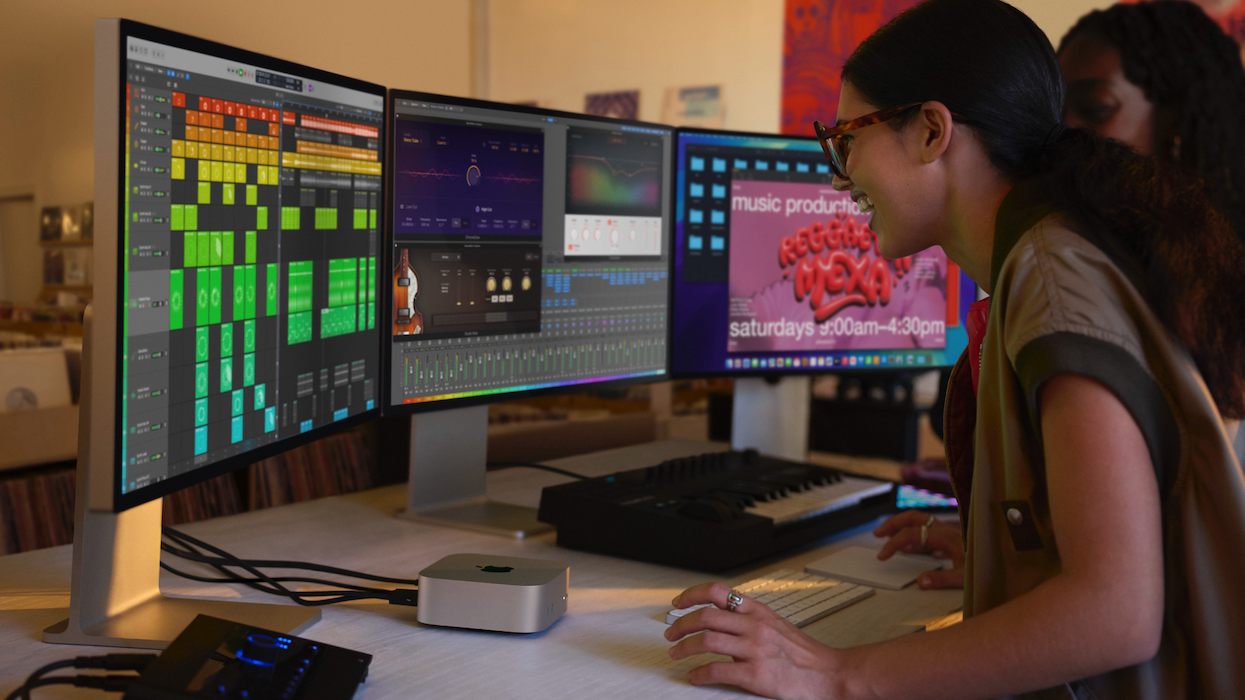
A colleague also has a Mac mini in her office she bought in 2010 that does all that is asked of it. Along with my Mac mini, the M1 MacBook Pro sails along for the tasks I ask of it. The M4 iPad Pro replaced the M1 version because that does most of the heavy work. I prefer talking that to the office, because it is less heavy than the MacBook Pro. This question concerning longevity of the MacBook Pro (and other Apple devices) was also raised by Ben Lovejoy (9to5Mac) who tells us he usually hangs on to his devices for 5 years.
I think 3-4 years is OK for me, but these M1 devices are not showing any signs of problems at all. Lovejoy comments that the current Macs may be too good and this could be an ongoing problem for Apple. What if no one upgrades? I think that is unlikely, but this is more likely to be a question of hanging on to the computers for longer. He does however, comment that a forced change may make the difference, as it did with me on my last Mac mini upgrade: the Intel one would not run the latest macOS, so I changed. Note also the thoughts of Ryan Christoffel who was surprised by the now standard 16GB of memory as standard, even for the M2 and M3 MacBook Air computers, speculates that next year's WWDC may bring more demanding AI features across the board, so I will probably need a new iPhone and the current Mac Mac mini with only 8GB RAM (the MacBook Pro has 16GB) will need upgrading then.

A well-timed message on X from Jos last week, however implied that the following week, with OS releases, AI, and the Q4 2024 financial report, would also see those new Macs. The PR releases duly appeared. That all took us up to Thursday. News on Friday told us that Apple had (depending on regulator approval) acquired Pixelmator, developer of Apple-only apps Pixelmator, Pixelmator Pro, and Photomator. I have covered the iMac and the Mac mini, comments on the MacBook Pro updates follow.
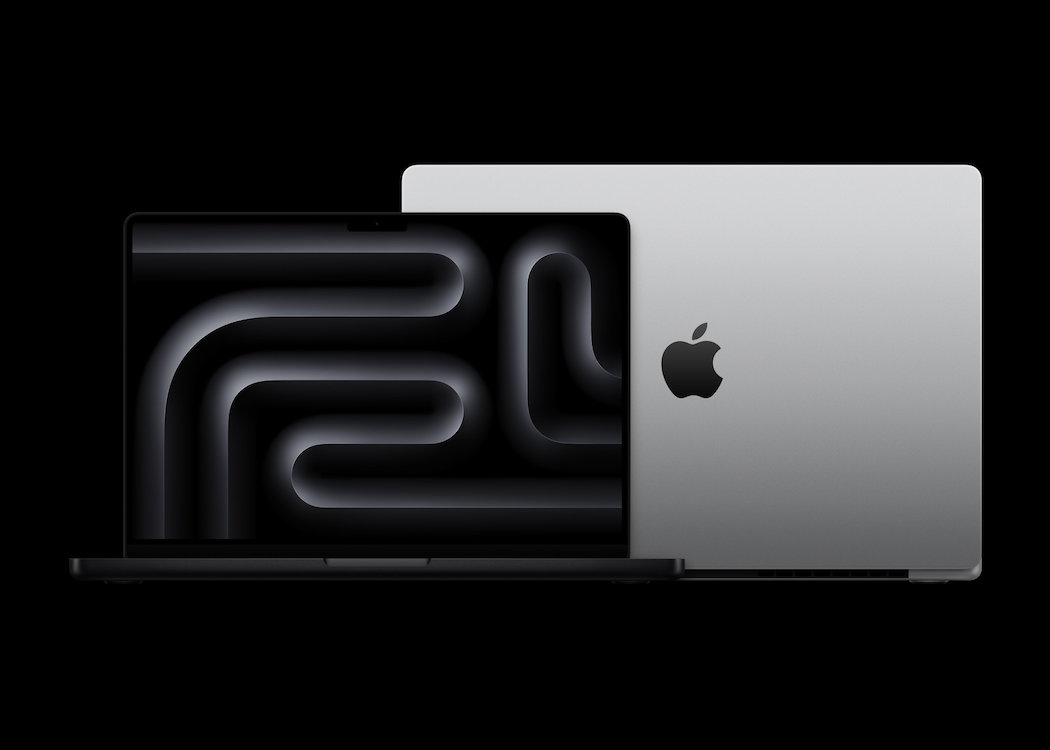
There are 3 14-inch M4 models, with 10-core CPU and 10-Core GPU. The first has 512GB SSD and 16GB memory; the second, 1TB SSD and 16GB memory; while the third also has 1TB SSD, but 24GB of memory. These start at 54,900, 61,900 and 68,900 baht (including 7% VAT), with various options available. These are joined by 2 M4 Pro models: one with 12-Core CPU and 16-Core GPU, 24GB memory and 512GB SSD at 68,900 baht; and the other with 14-Core CPU and 20-Core GPU, 24GB memory and 1TB SSD at 84,900. There is one 14-inch M4 Max MacBook Pro, with 14-Core CPU and 32-Core GPU, 36GB memory and 1TB SSD at 114,900. Options are also listed for the M4 Pro and M4 Max devices, such as nano-texture display (also for the M4 devices) and up to 128GB memory (add 42,000 baht). All are available Silver or Space Black.
There are 4 16-inch models: 2 M4 Pro and 2 M4 Max. Both M4 Pro machines are listed with 14-Core CPU and 20-Core GPU, and 512GB SSD. One with 24GB memory is priced at 89,900 baht, while the other with 48GB memory is 103,900 baht. The first 16-inch M4 Max device is listed at 124,900 baht and has 14-Core CPU and 32-Core GPU, plus 1TB SSD and 36GB memory. The other M4 Max computer is 144,900 baht, has 16-Core CPU and 40-Core GPU, plus 1TB SSD and 48GB memory. Like the 14-inch models, the prices include 7% VAT and there is a range of options, such as 8TB storage for an additional 77,000 baht ($2270).
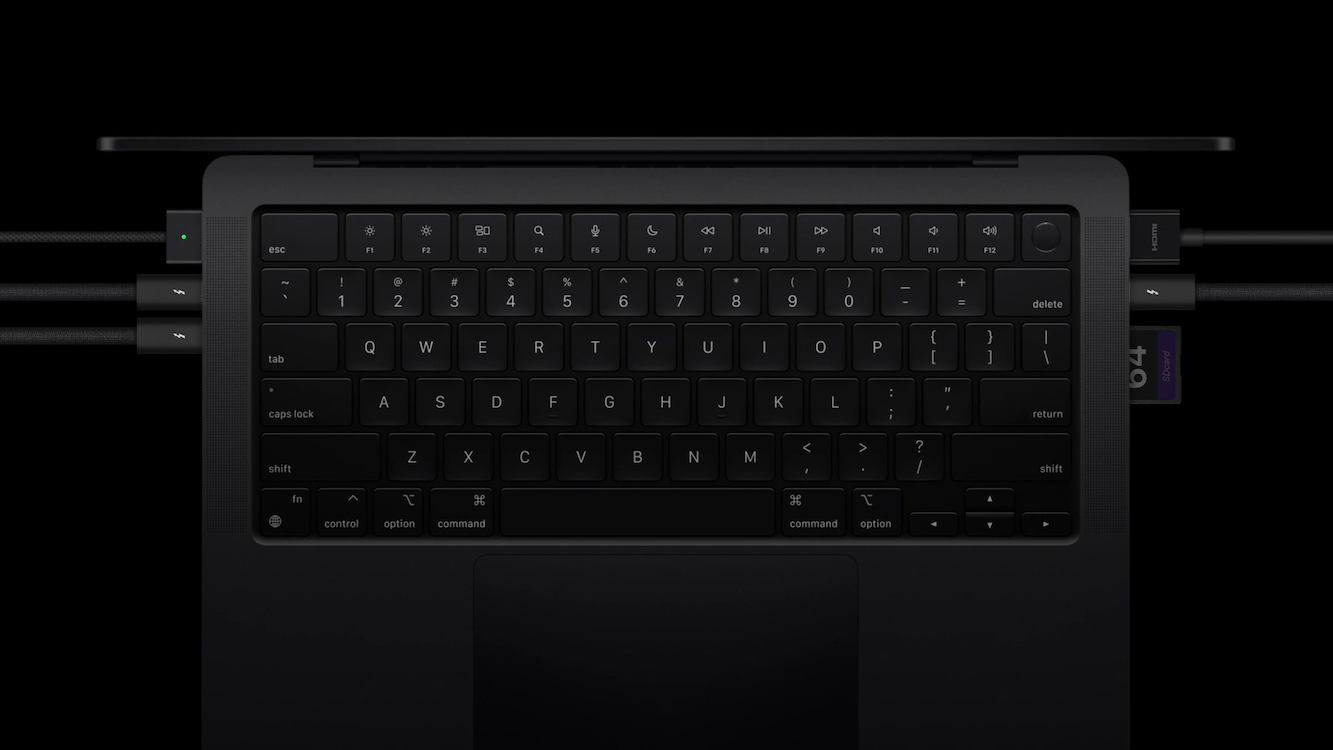
The M4 computers are without doubt, high performance machines, with (as above) M4 Pro mac mini benchmarks showing it is the fastest Apple desktop computer available for now. Hassam Nasir (Tom's Hardware) writes about Benchmarking reports on Geekbench, which show that the M4 Max beats the M3 Max (unsurprisingly), but also "Intel's Core Ultra 9 285K by around 19% in the single-core category and 16% in the multi-core category. Compared to the Ryzen 9 9950X, the M4 Max showed 18% higher single-core performance and 25% higher multi-core performance".
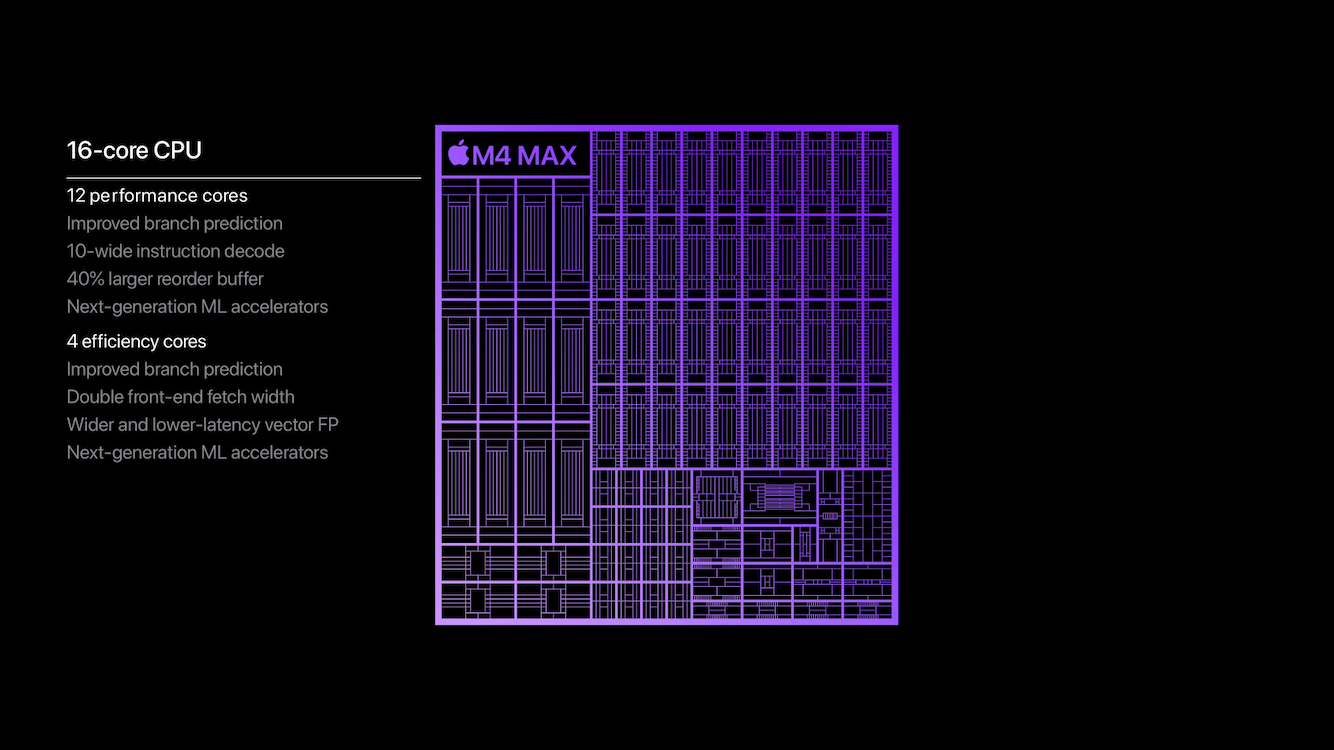
That's a lot of computer in your backpack. We could expect more superlatives when the Mac Studio and perhaps the Mac Pro are updated: early next year if rumors are right.
Graham K. Rogers teaches at the Faculty of Engineering, Mahidol University in Thailand. He wrote in the Bangkok Post, Database supplement on IT subjects. For the last seven years of Database he wrote a column on Apple and Macs. After 3 years writing a column in the Life supplement, he is now no longer associated with the Bangkok Post. He can be followed on X (@extensions_th). The RSS feed for the articles is http://www.extensions.in.th/ext_link.xml - copy and paste into your feed reader.

For further information, e-mail to
Back to
eXtensions
Back to
Home Page